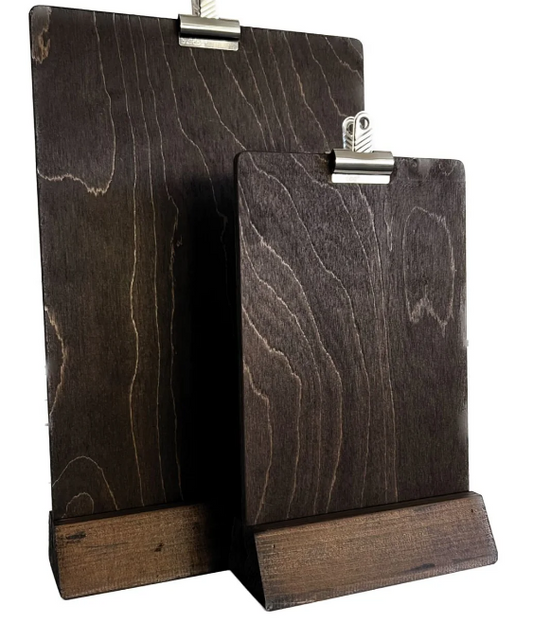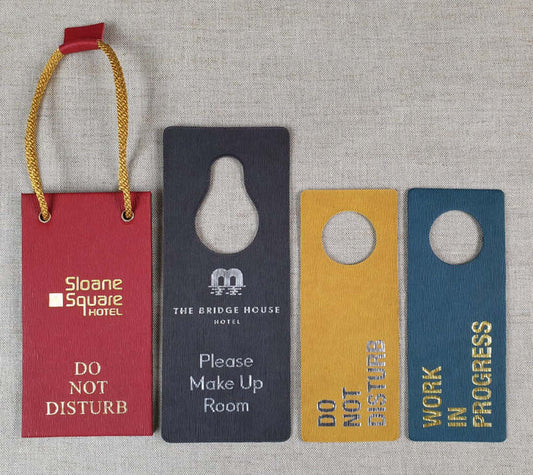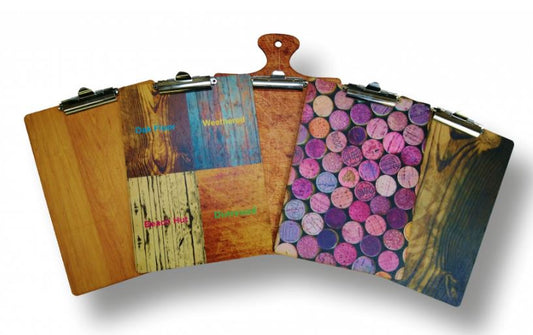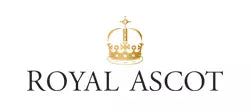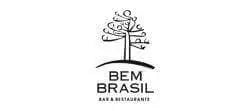Communal spaces such as cafes or hotel lobbies allow you to do business, socialise, and relax. Moreover, their design plays a significant role in the success of the hotel business.
Therefore, below are some most creative and outstanding lobby design ideas to explore. These inspirational ideas help to create a lobby that is unique and eye-catching. But first, let us know about the importance of hotel lobbies.
What is the Idea Behind a Hotel Lobby?
The main purpose of the hotel lobby is to provide guests with a common area in which they can check in and out. They can also meet with friends or colleagues, complete some work, or relax there. It gives the hotel's first impression to the guests. A hotel lobby should have a front desk to solve the queries of the guests.
The hotel lobby should also have WiFi access, and it should be close to restrooms. In addition, make sure it is near a place where guests can easily get refreshments. However, the hotel lobby often goes beyond expectations. From mood enhancing lighting to art galleries implementation, a hotel lobby has the potential to make or break the guest's experience.
7 Outstanding Small Hotel Lobby Design Ideas
A hotel lobby is a space where visitors get the first impression of the hotel. So, it is vital to keep in mind the brand identity while designing the welcome area. Do you want to bring in the laid-back vibe or something classic? Think about the message you want to convey to transform the lobby into a welcoming place. Here are some lobby design ideas:
1. Lighting
Lighting plays a crucial role in creating ambience. Research proves that lighting positively impacts the mood and energy levels of guests. Therefore, it is essential to keep lighting in mind while designing the lobby of a hotel. In addition, it brings in a sense of approachability and friendliness.
On the other side, dim lighting encourages calm and peacefulness. Since the hotel lobby is a multipurpose space, it is important to set up different lighting schemes for creating different settings. Or try to create an ambience suitable for all types of people.
2. Chalkboard Sign for Smooth Flow of Traffic
The important function of effective lobby design is to direct traffic. The worst start for any guest is not knowing where to go while entering the hotel. So, whether someone is there at the entrance to guide guests or not, make sure they understand where to go. For example, you can select multilingual chalkboard signs at the lobby entrance to direct visitors where to go. You can also set furniture in a way that leads guests toward the front desk.
3. Sensory Experiences
First impressions form based on sensory experiences. So, consider the design strategy carefully. Develop a welcoming ambience by creating a lobby that appeals to guests' eyes and encourages them to engage with the designed space. For instance, the sense of smell links to emotions so doesn't forget to tap on this area. You can fill the lobby with a pleasing aroma that can immediately impact customers' behaviour.
According to a Bloomberg report of Bloomberg, hotels spend millions of money in the scent industry, and it continues to rise. Some popular scents used in hotel lobbies or corridors are green tea, lemongrass, etc. These scents evoke the memories of sparkling waters or warm nights.
4. Operations and Services
While designing the hotel lobby, keep in mind what type of check-in experience you want to give. So, while check-in, provide a comfortable space to sit and wait. For example, do you prefer traditional high desks separating front desk staff from customers? Or do you like sofas where the team can sit near guests openly?
The design of the hotel lobby mostly depends on the operation's scale. Smaller operations probably have a less traditional check-in approach. Whereas big hotels with hundreds of rooms require the design to facilitate fast-running and smooth operations.
5. Music, Sound, and Entertainment
The entertainment in the lobby is very important to consider. It goes beyond playing soothing music and raising the lobby area's overall acoustics in the design process. Loud halls sometimes leave an impression on guests that they will not get a good night's sleep. You can use soft furnishings and carpeting to diffuse sound and prevent the lobby area from feeling echoey. Incorporate noise control materials into flooring and wall coverings.
Read Unique Restaurant Promotion Ideas to Win more Customers
6. Lobby Style or Furnishings
Furnishings are integral components of the hotel lobby's overall look. They can break or make the entire look of the space. Choose all pieces that can enhance the lobby’s style and functionality. For example, pick luxurious sofas where guests can feel relaxed while sipping a cup of coffee. Or choose ergonomically designed desks to ensure a comfortable co-working space.
Lobby furnishings should allow guests to create a seating arrangement that works for them. However, it is also essential to consider that a single seating style may not work for all functions you desire for the lobby to perform. So, multiple seating options may be required.
7. Use Cultural or Authentic Traditions
Design a hotel lobby that slowly transitions visitors from the modern era outside to an authentic world inside. Incorporate moody lighting, soundscape filtering, traditional furniture, and old-style music related to any culture. It will make guests compare the world outside and inside you have created.
Give people who enter the hotel lobby an immediate sense of change. Make them familiar with different cultures if you can. This approach entirely depends on your creative skills. Think out of the box and start experimenting with authentic designs.
8. Maximise the Lobby Space with Creative Design Ideas!
The hotel industry has huge competition, and it has a lot of scopes to grow when it comes to lobby design. Try to include technology to modernise the space as long as it makes some sense. Whatever creative design ideas you take as an inspiration, start analysing the lobby space and evaluate what you can do for improvement. Also, make sure the lobby design creates a positive appeal to visitors while facilitating the necessary functionality.


